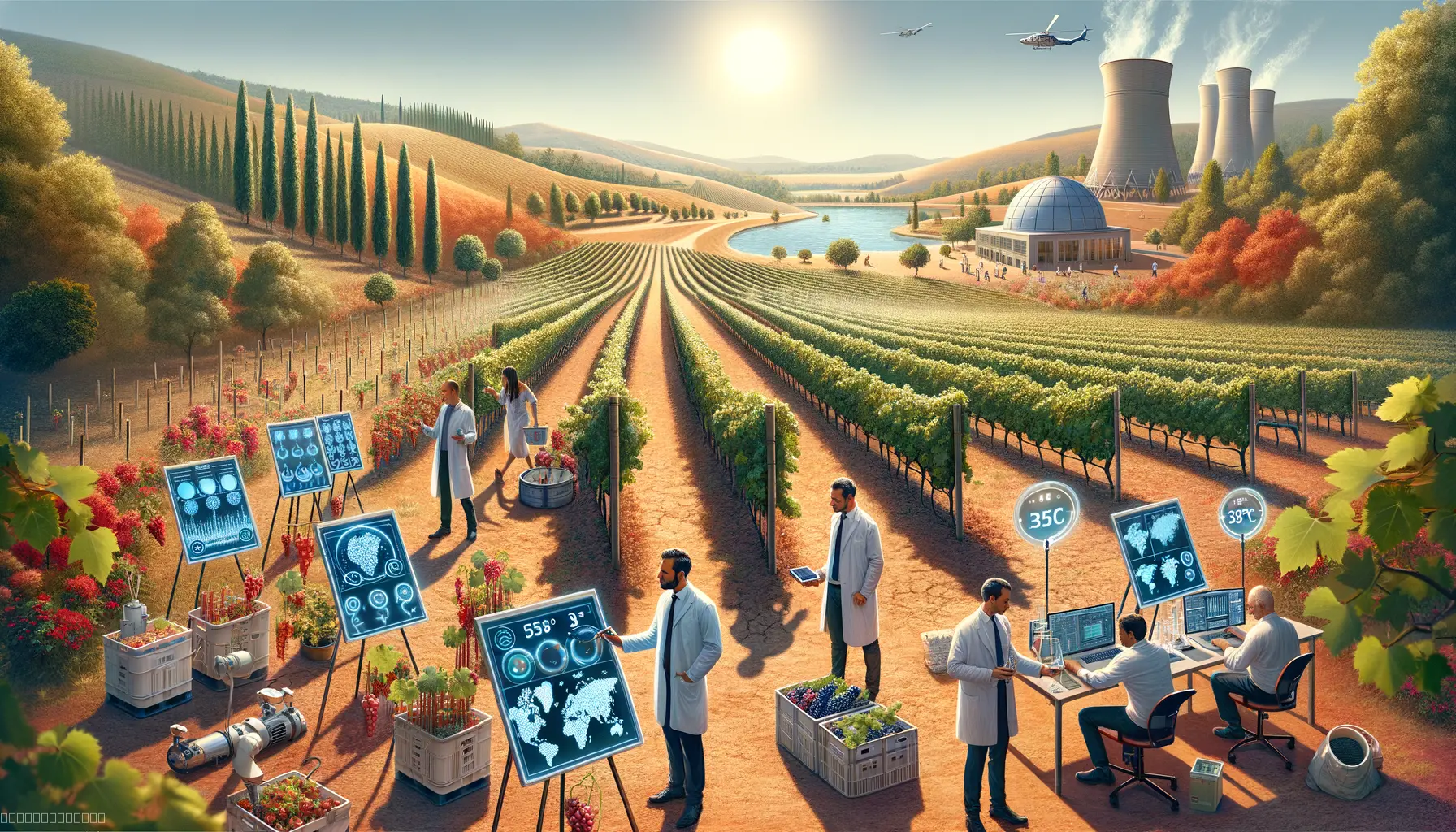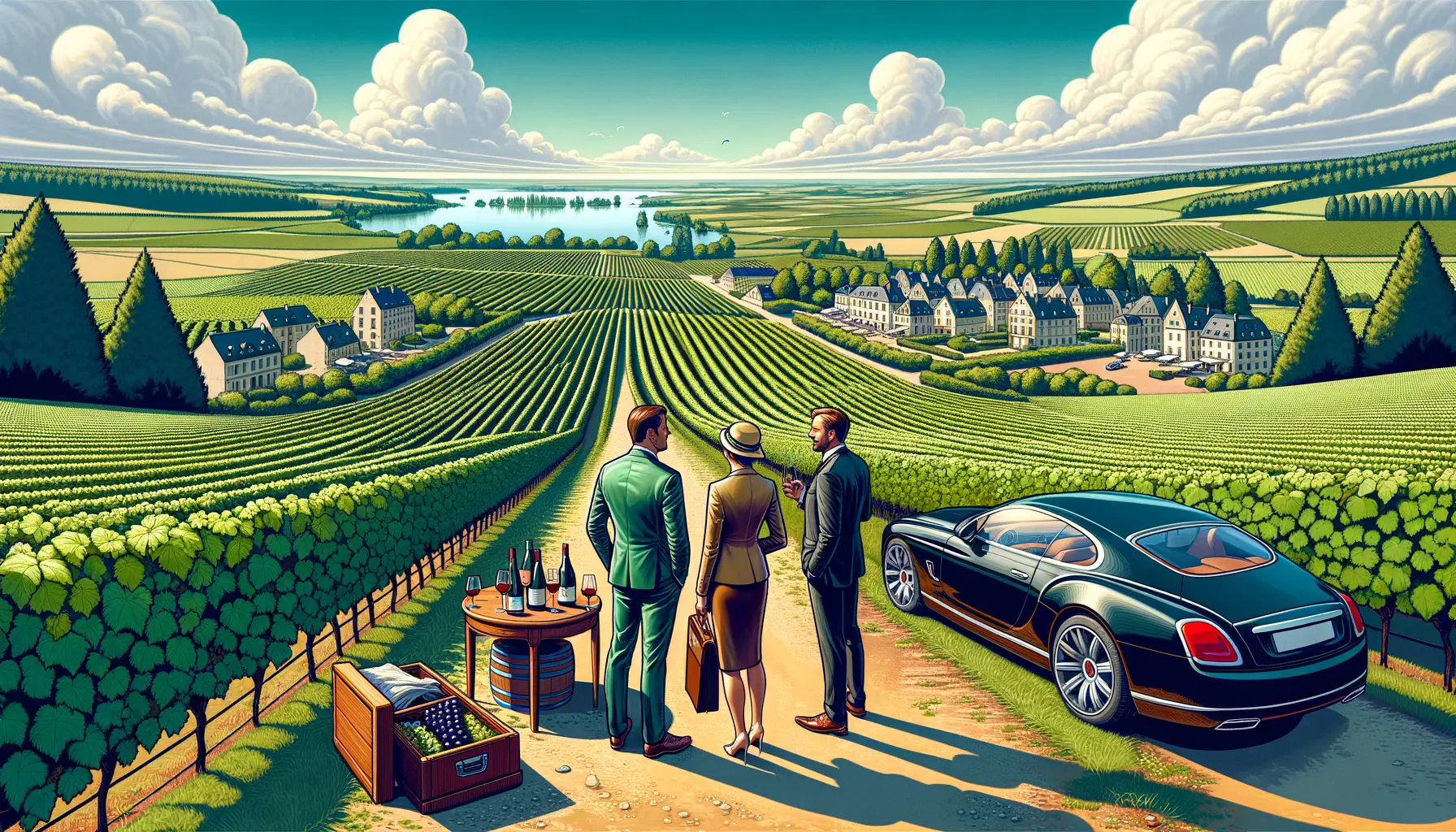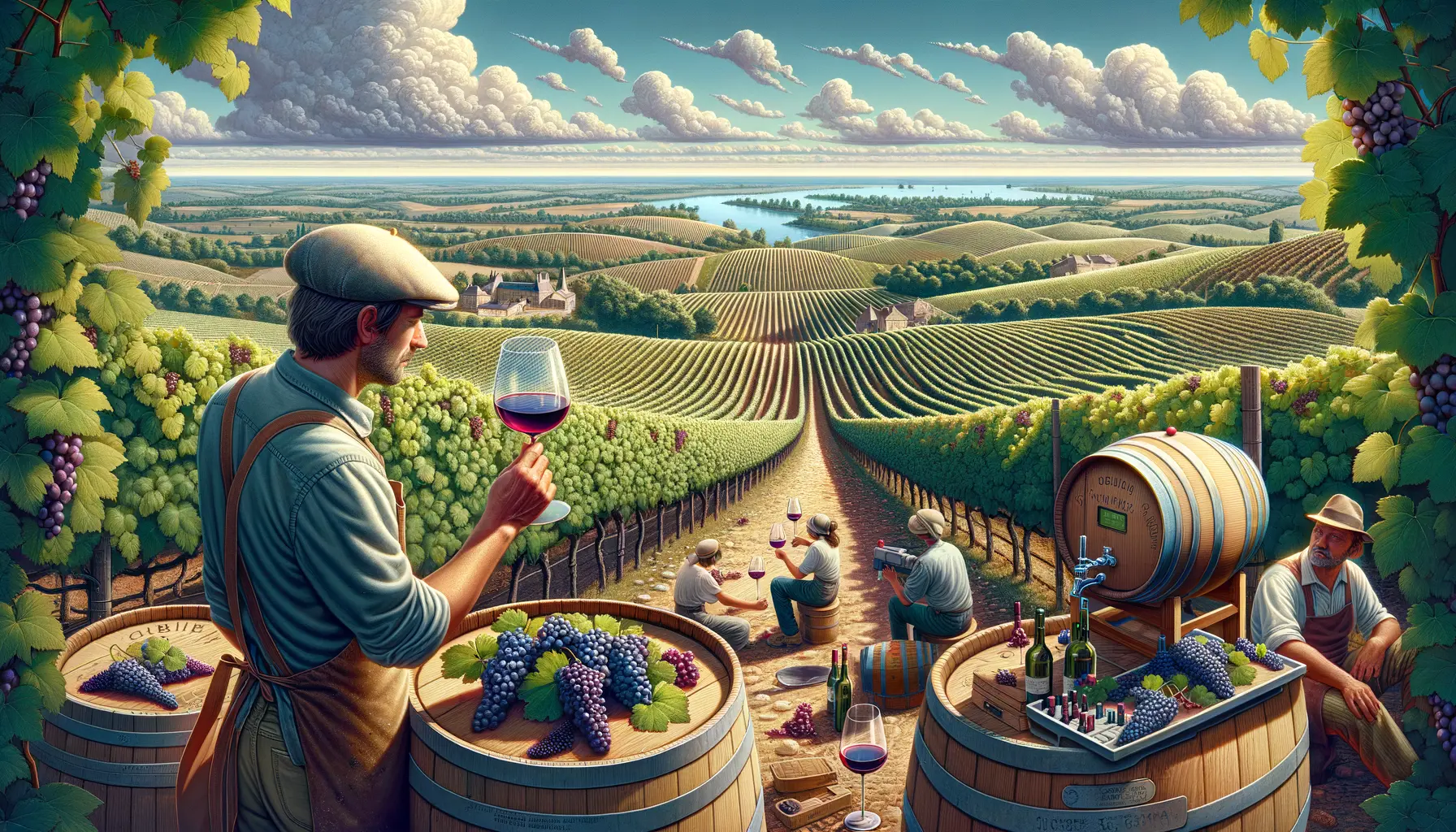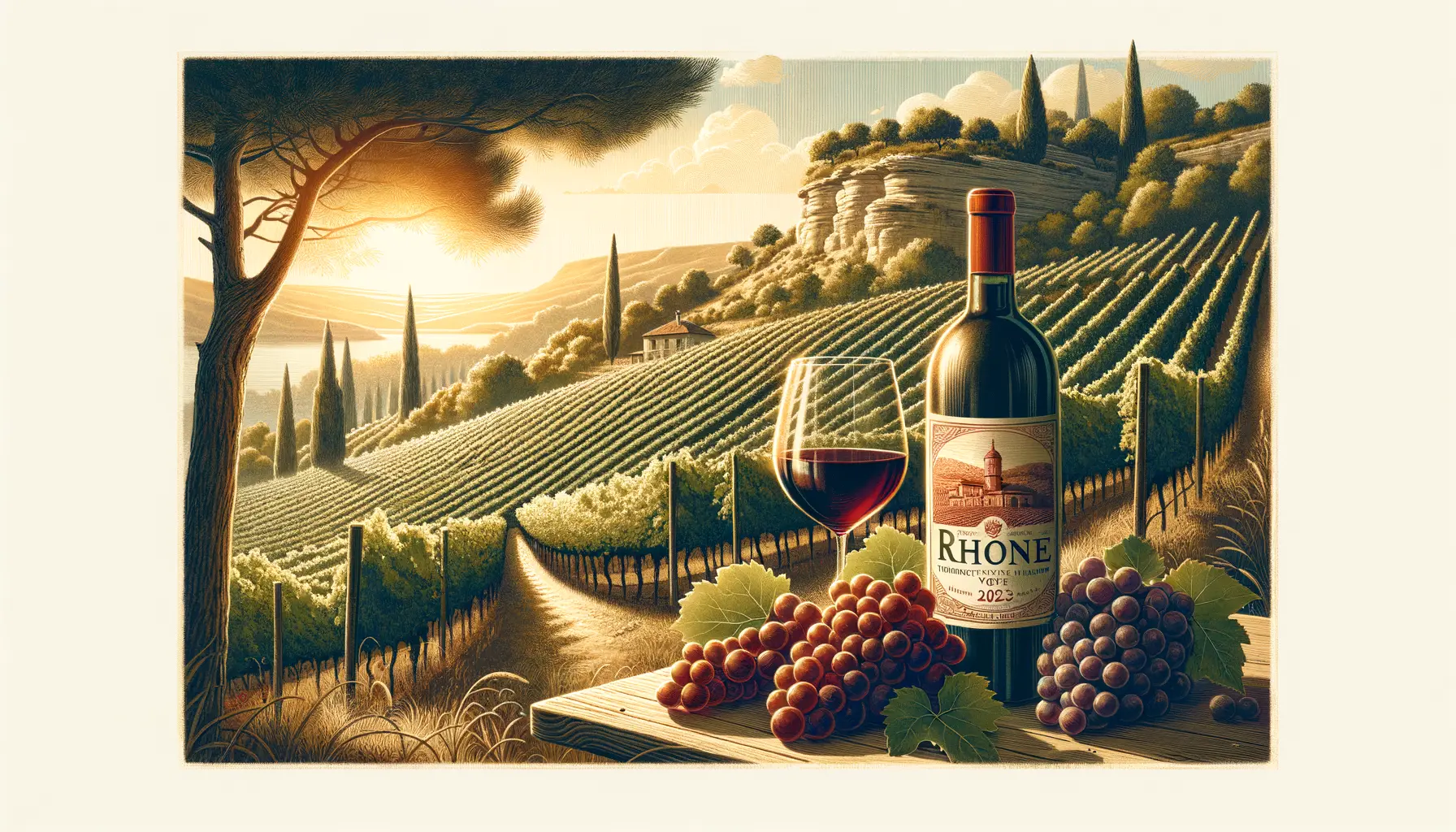
Journeying through the picturesque Chetillon vineyard in Le Mesnil-sur-Oger, one swiftly learns the essence of what makes these parcels of land a sanctuary for Chardonnay aficionados. The rich, chalky soils and unique microclimates here contribute to some of the most distinguished Champagnes, particularly the Blanc de Blancs.
Exploring the Unique Attributes of Chetillon Vineyard
Spanning 33 hectares, the grand cru vineyard of Chetillon in Le Mesnil-sur-Oger is renowned for its exceptional Chardonnay. The terroir, dominated by chalky soils, plays a critical role in regulating moisture and heat, providing a stable environment for the vines. This vineyard's unique conditions help manage the excess rainfall experienced in the 2024 growing season, ensuring quality despite climatic challenges.
Impact of Weather on the 2024 Vintage
The 2024 season has been notably wet, with almost two years’ worth of rain condensed into the last nine months. This excessive moisture has necessitated frequent vineyard sprays to combat mildew, visible in the form of yellow and brown spots on the leaves and shriveled berries. Despite these hurdles, producers remain optimistic about their vines' resilience and the quality of the upcoming yield.
The Allure of Single-Vineyard Champagnes
The tasting revealed over two dozen vintage single-vineyard Champagnes from Chetillon, dating from the exquisite 2019 vintage back to 1995. Irrespective of the vinification method, these wines exhibited an electrifying palate sensation, attributed to their mineral-rich soils. Marie Charlemagne from Guy Charlemagne spoke of the undeniable minerality and salinity that characterize these wines.
Highlights from the Tasting
Among many, Pierre Peters' Champagne Les Chetillons Cuvée Speciale 2012 stood out for its tightness, persistence, and complexity. Other notable mentions include the magnum bottling of Chetillon from the 2008 vintage by Champagne Guy Charlemagne and Robert Moncuit’s unique, barrique-influenced style.
Rising Interest in Still Wines and Coteaux Champenois
Traditionally, Champagne is synonymous with sparkling wines, but interest in still wines, known as Coteaux Champenois, is resurging. These wines, many from recent warm vintages (2020, 2022) and even the challenging 2021 vintage, demonstrate remarkable potential. The 2021 vintage, despite spring frosts and mildew reducing the yield by nearly 50%, produced some compelling Coteaux Champenois wines.
Prospects for Still Wines in a Changing Climate
With climate change, the scope for producing still wines in Champagne is expanding. Winemakers like Valentin De Sousa of Champagne De Sousa recognize this potential, venturing into Coteaux Champenois production. As climate conditions evolve, the unique terroir of the Cote des Blancs, especially in Le Mesnil-sur-Oger, will continue to excel in both sparkling and still wine production.
The Future of Chardonnay in Cote des Blancs
The subregion of Cote des Blancs is celebrated for its Chardonnay, which produces richer yet fresh Blanc de Blancs wines. Despite concerns over global warming, recent vintages like 2013 and 2019 exemplify the region's ability to adapt. The wines from these years balance ripeness with precise acidity, highlighting the adaptability of Champagne producers.
As the climate and market dynamics shift, the exceptional viticultural practices in Champagne's Chetillon vineyard ensure a continuous legacy of superb wine production. For wine enthusiasts and collectors, exploring the latest releases and understanding the diverse methods of Champagne production can deepen appreciation for these exquisite creations. Sign up at Quincy (https://www.quincy.asia/register) to stay updated on the latest from esteemed vineyards and navigate the evolving world of wine with ease.





